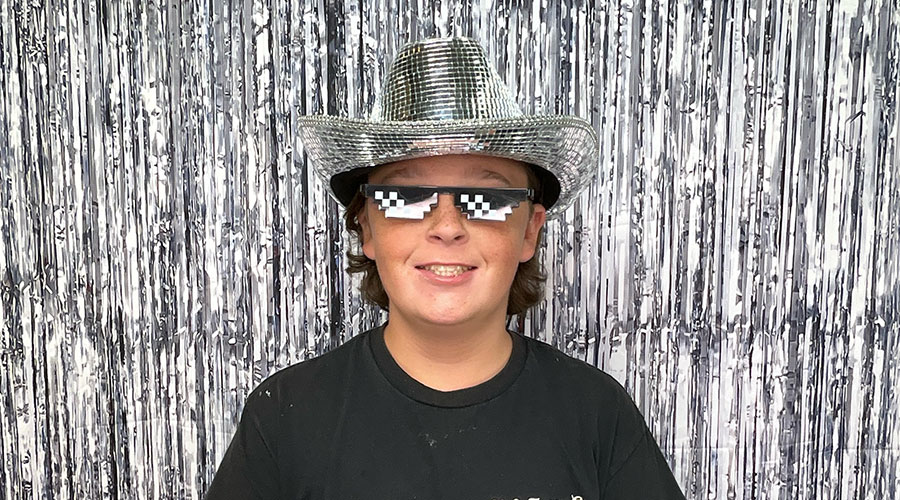Common Orthodontic Problems and How They Affect Your Smile
Almost no one is born with a perfect smile—most people experience some level of malocclusion or a “bad bite.” These orthodontic issues can impact chewing, speaking, oral hygiene, and overall appearance. While some bite problems are inherited, others may develop due to thumb sucking, dental disease, poor oral habits, injuries, birth defects, or medical conditions. Malocclusion can also lead to long-term discomfort and may contribute to jaw pain, headaches, and tooth wear.
Dr. Samuel Waddoups specializes in diagnosing and treating these issues, improving both the function of your bite and the beauty of your smile. Whether you’re experiencing mild or severe symptoms, we provide personalized treatment plans to address your specific needs.
Below are some of the most common orthodontic problems we treat.

Upper Front Teeth Protrusion
When the upper front teeth extend too far forward (or the lower jaw does not extend forward enough), it can affect both the appearance and function of your bite. This misalignment can lead to an increased risk of dental trauma and make proper oral hygiene more challenging.
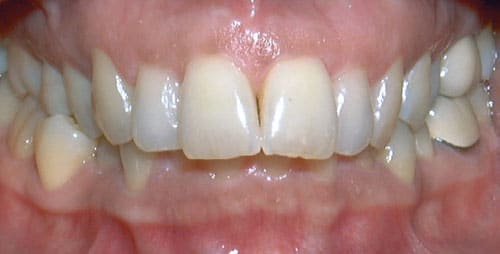
Overbite
An overbite occurs when the upper front teeth excessively overlap the lower front teeth. In severe cases, the lower teeth may even bite into the roof of the mouth, leading to gum irritation, tooth wear, and potential jaw discomfort. Over time, an untreated overbite can also contribute to TMJ (temporomandibular joint) issues.

Crossbite
A crossbite happens when some of the upper teeth sit inside the lower teeth instead of outside. This misalignment can lead to uneven jaw growth, worn-down teeth, and difficulty chewing. Left untreated, a crossbite can cause chronic jaw pain and affect facial symmetry.
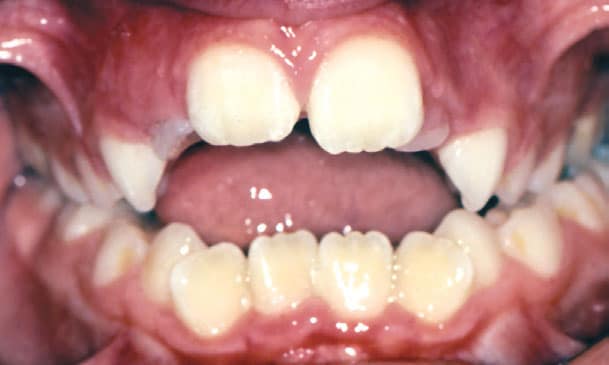
Open Bite
If the upper and lower front teeth do not meet when biting down, it creates an open bite. This condition can make chewing less effective and may contribute to habits such as tongue thrusting or speech difficulties. An open bite can also increase the risk of dental wear and tooth sensitivity.
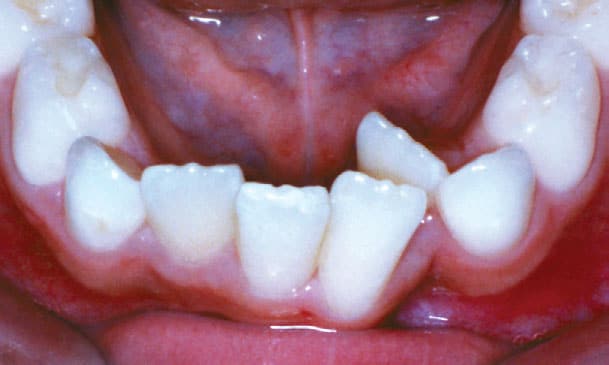
Crowding
When there isn’t enough room for teeth to properly erupt, they become crowded or overlapping. Early intervention may allow for expansion to create space, potentially avoiding the need for tooth extractions. Crowded teeth are also more difficult to clean, increasing the risk of cavities and gum disease.

Spacing
Spacing issues occur when there are gaps between teeth, which can result from missing teeth or natural tooth positioning. While spacing may be a cosmetic concern, it can also impact gum health and function. Large gaps can cause teeth to shift over time and may lead to bite problems.
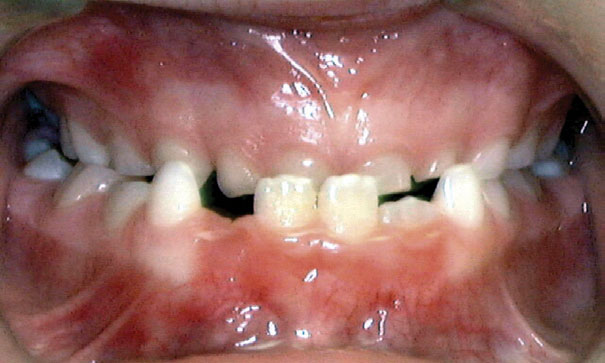
Underbite
An underbite occurs when the lower jaw extends further forward than the upper jaw, causing the lower front teeth to sit in front of the upper front teeth. This can lead to jaw pain, uneven tooth wear, and difficulties with chewing and speaking. If untreated, an underbite can result in difficulty breathing and chronic discomfort.
